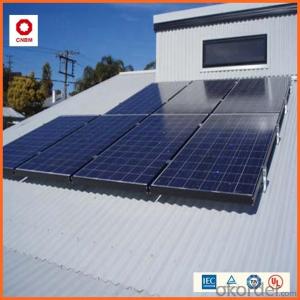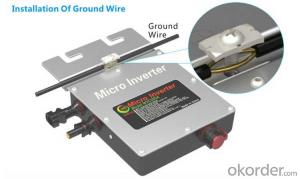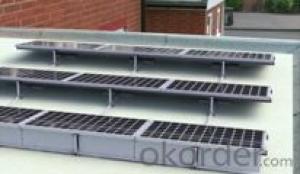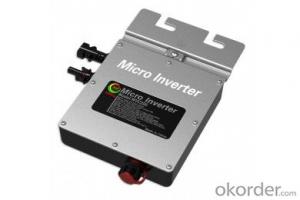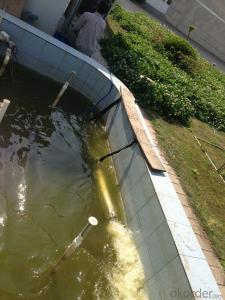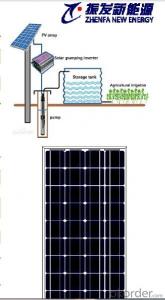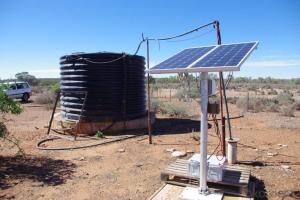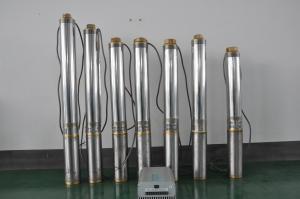Best Solar Inverter Pakistan
Best Solar Inverter Pakistan Related Searches
Top Solar Inverter In Pakistan Solar Inverter In Pakistan Best Inverter Solar Best Solar Inverter Best Solar Power Inverter The Best Solar Inverter Solar Best Inverter World Best Solar Inverter Best Solar Panel Inverter Best Solar Battery Inverter Best Inverter Solar System Solar Inverter Best Best Inverter Solar Panel Best Solar Inverter In Nigeria Best Solar Pump Inverter Tesla Solar Inverter Pakistan Best Inverter For Solar Best Solar Hybrid Inverter Best Home Solar Inverter Best Solar Inverter For Home Best Solar Inverter In China Top Solar Inverter Solar Inverter Sale Lahore Which Solar Inverter Is Best Best Solar Inverter Brands Best China Solar Inverter Best Inverter For Solar System Best Hybrid Solar Inverter Best Solar Inverter Generator Best Solar Inverter 2022Best Solar Inverter Pakistan Supplier & Manufacturer from China
Best Solar Inverter Pakistan offers a range of high-quality solar inverters designed to efficiently convert solar energy into usable electricity for various applications. These solar inverters are engineered to cater to the diverse energy needs of residential, commercial, and industrial sectors, ensuring optimal performance and reliability. The product range includes both on-grid and off-grid inverters, as well as hybrid systems, making them suitable for a wide array of usage scenarios.Best Solar Inverter Pakistan is widely recognized for its ability to provide clean, sustainable energy solutions that help reduce dependence on fossil fuels and lower electricity bills. These inverters are utilized in various settings, such as homes, businesses, and even large-scale solar power plants, where they play a crucial role in harnessing the power of the sun. By converting the direct current (DC) generated by solar panels into alternating current (AC), these inverters enable the seamless integration of solar energy into the existing power grid or standalone power systems.
Okorder.com is a leading wholesale supplier of Best Solar Inverter Pakistan, boasting a vast inventory that caters to the needs of customers worldwide. With a strong commitment to quality and customer satisfaction, Okorder.com ensures that the solar inverters they supply are of the highest standards, backed by comprehensive warranties and after-sales support. This makes Okorder.com the go-to platform for those seeking reliable and efficient solar inverters to power their homes, businesses, or large-scale renewable energy projects.
Hot Products











